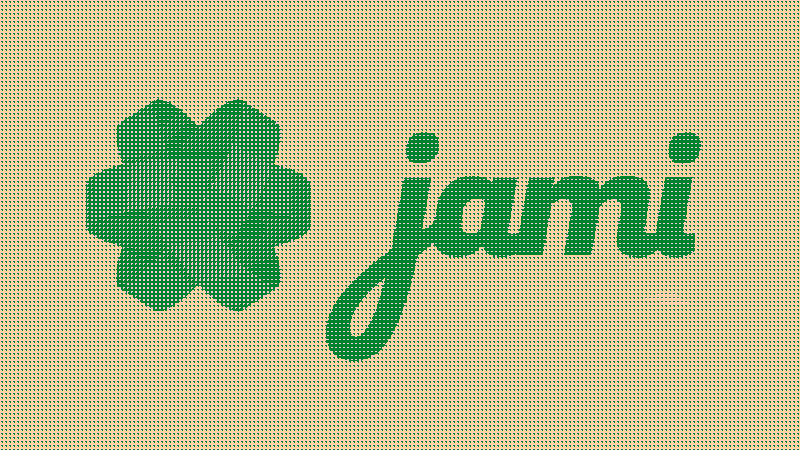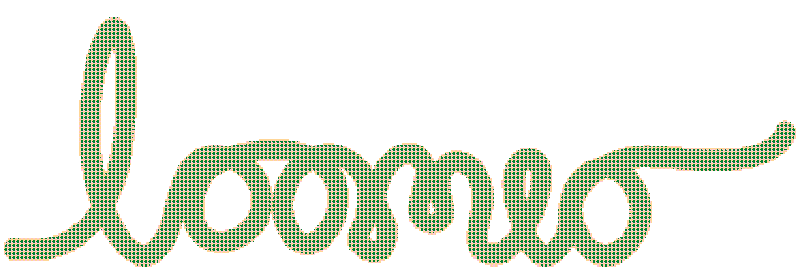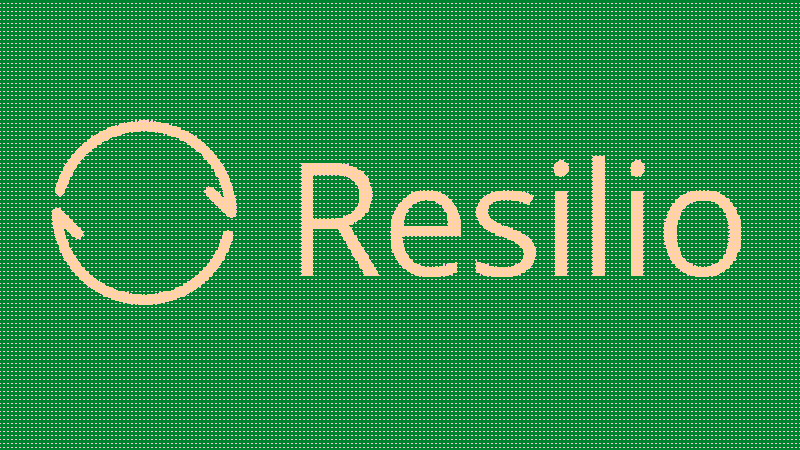
Ethical Tech for Non Technical Community Groups
Are you part of a community group and want to know how to create a digital tool ecosystem that aligns with permaculture ethics (and avoids the big tech)? Then this article is for you! We’ll explore permaculture as the ethical backbone for digital tool evaluation along with identifying key design principles. We’ll explore key requirements for non-technical community groups and go through the tool ecosystem I’ve curated for this very purpose and use in my community groups.
Background
Community groups are the backbone of society. They pick up the pieces neglected by the state and the market and ensure resilience for when things get tough. Community groups don’t have the luxury of saying no if something isn’t profitable and therefore rarely have good funding or resourcing. Quite often its a group of like minded, caring people who volunteer their time to make sure the rest of society is held together.
To be clear, by community group, I mean real human driven community groups, not platform driven ones. Many platforms like facebook allow people to create meeting places for their users to align on certain themes, like neighbourhood groups, buy/sell groups or even moral based groups. This is where individuals use the platform as a means to communicate to the broader platform user base to get people to ‘join’ their page to become a member of their ‘community’. Although a lot of well meaning groups use this method, it is usually to garner a large and broad membership but usually with low engagement and often transactional in nature. The types of community groups I am referring to in this article however are highly engaged, exist beyond any one platform and have a clear values based purpose (non-transactional).
Personally I belong to quite a few community groups as an important part of trying to make the world a better place. The challenge however has always been in getting the right tools to work effectively. Unfortunately big tech has been quick to offer easy to use free services as a means to capture markets, but as a product strategist - one thing I know to be true is that if the product is free, then you’re the product. Free tools for communitys by big tech are always driven by advertising where your attention is literally being sold off to the highest bidder with no concern for ethics. Often ads might be linked to scams, disinformation campaigns or even just people trying to make you feel fat and ugly so you buy their shoes! Quite frankly I am disgusted by the lack of ethics, so I decided proactively put together this curated tech-stack of ethical tech for non-technical communities.
One group I’ve recently joined is the International Permaculture Convergence Council (IPCC) whose mission it is to build connection across the international permaculture movement and primarily helping make the International Permaculture Convergence happen. Mostly the group is made up of elders from the permaculture community who have a lot of wisdom and expertise to offer, but as a younger person, I joined to help with the technical side of things, bring a bit of energy and help facilitate for success. As a part of this, I was tasked to put together a digital eco-system of tools to help set the group up for success. Normally groups like this (and the had in the past) defaulted to google tools, however with the recent rise of Trump and his enoblement by the big tech oligarchs, this was no longer felt ok by anyone in the group. So this was a perfect time to curate a new tech-stack of tools which adhere to no other than the permaculture ethics of Earht Care, People Care, and Fair Share.
The Ethics
The permaculture ethics comprise of Earth Care, People Care, and Fair Share. Personally I prefer to use the verb forms of these as they shouldn’t be static things one can have (like a certification) but instead be constant processes we are aiming to be. Hence I will call these Earth Caring, People Caring, and Fair Sharing.
Earth Caring: Means to me doing things in a way that nurtures the earth’s ecosystems and the web of life. Usually this can be achieved by asking ‘how does nature do this normally?’ and we can observe nature and then answer accordingly. Unfortunately digital technology is so far abstracted from nature that I would struggle to draw a conclusion of how nature would do it without going full blown hippy and saying ‘The forest is my computer’ 🤪. Personally I don’t believe digital technology can be aligned fully to earth care as it relies purely on extracting from the earth and never giving back. In some cases we can argue that it can be used for good, but nonetheless that is an offsetting mentality which doesn’t quite align. So for this design challenge I asked myself, ‘How might I have as small impact on the earth as possible?’ I might not be able to fully work with the earth but I am confident I can put something together that relatively has a negligible impact compared with a standard setup.
People Caring: With a background in User Experience, I feel like this is my strong suit. The software needs to be easy to use, easy to set up and allow everyone to express themselves and engage in the community in an authentic and unhindered way. The only challenge here I anticipated was how to balance people caring with earth caring as the unfortunate reality of ethical software is that it is usually developed by decentralised groups that find it easy enough to make something functional, however a bit more challenging to curate a coherent end to end user experience.
Fair Sharing: Means to me to take only what you need and give what you can. Once again this is a slightly more tricky thing to apply to digital services however there are some key elements. When leveraging free open-source software how might you practise reciprocity? When having a range people in the community with different technical competence, different cultures and different languages how do you ensure the system is equitable? As this community group was comprised entirely of volunteers committing their time to literally making the world a better place, I feel Fair Sharing was a key reason why everyone was joining in the first place.
Requirements
The term ‘requirements’ has become a bit of a dirty word in the design world as leans towards reductionist thinking practises, where perhaps better outcomes would be nurtured by more holistic thinking. Nonetheless I use the term here to communicate the series of user needs that I’d identified for this particular group which are:
✘ Communicate asynchronously (chat)
✘ Meet remotely
✘ Document meetings, decisions, outcomes and maintain knowledge base
✘ Manage group members
✘ Communicate with the broader community
Design Principles
I translated the three permaculture ethics as outlined above into a series of principles I could use to evaluate the suitability of the different tools. These design principles are:
Strict privacy: This means no-one would be collecting data from us to use to sell us things (by themselves or sold to third parties), or even worse be exploited by any bad actors.
Open source: This means the code is transparent and can be checked by anyone to ensure it does what they say it does. This also indicates that the people behind the software aren’t so concerned with leveraging their IP to exploit and extract money from consumers. This rules out any silicon valley style tech startup who’s fundamental imperative is to get rich from speculative capital gains of the company’s share value.
Aligned values: This means the people behind the software need to have values that align roughly with the permaculture ethics. They need to treat their people well, care for the earth and not be interested in exploitation.
Low energy: All digital technology uses energy and the more complex the system, the more energy it uses. There’s the end user’s computer, all the network infrastructure, the servers, third party services (including tracking) and the developer’s computers. Depending on where each thing is in the world, that energy may come from renewable resources but more likely not to. If you did want for example to rent servers completely running on renewable energy, your choices would be very limited and it would cost a lot more, making the whole project untenable. (unless you self host with solar like lowtech magazine). More realistically the goal should be to reduce the amount of energy used as much as possible.
Longevity & Continuity: The ecosystem needs to be easy enough for anyone else to pick up and run with. This should include thorough documentation for any one to pick up.
The Chosen Tool Ecosystem

Signal App for Async Chat: The community had previously only used google groups mailing list to communicate which had led to sporadic communication and difficult to follow email threads making it hard to make decisions. Many people in the community were used to Whatsapp however there was a growing concern about their ethics. We chose to use Signal App as they are free (donation ware), run by a not-for-profit in the US and strict on privacy.

Jami for Online Meetings: Previously, many members of the group were used to using zoom or google meet. Although these have been accessible and easy to use, the problem being that the companies have questionable ethics. We chose yo use Jami which is a free/libre, end-to-end encrypted, and private communication software. It is a distributed peer-to-peer platform which means there is no central server. This means it only uses the energy on your computer and not a whole heap of extra invisible energy from hidden servers or services.
You can also choose with Jami to either turn your account into a rendezvous account or set up another device (such as home server) to host it, which acts as a virtual room anyone can ring into as long as that device is connected to the network. This minimizes total bandwith and energy used by the system as all the mixing is done on the one host account.

Website for Communitcating Externally: Previously the website has been run on wordpress which is highly energy intensive (needing to be run 24/7 on a server). Hugo is a static site generator, with the content stored on github(free) and hosted on Vercel(free). It can however be hosted on a home server. Because it is a static site it uses vastly reduced amounts of energy compared to wordpress. It only uses energy when the site is being deployed or someone is visiting the site.

Framavox/Loomio for membership management and democratic decision making: Previously the group has been managed through google groups. This has been used as the primary point to communicate through email chains which had been a clunky experience with hard to keep track of discussions. Framavox is a free, open-source and privacy focused software developed by the French company Framasoft. It is built upon Loomio which has a respectful history for empowering groups/organisations with decentralised and democratic decision making.

Resilio Sync as Shared folder: Previously the group has had all decisions documented in the google group email threads. Understandably this is tedious work and limited in its capacity. We’ve now opted to use Resilio Sync, a peer-to-peer file sharing service which in practice seems like a google drive style experience, however has a copy of the shared folder on each members computer and syncs accordingly. This means we can use ODT documents with libre office and everyone has read/write access. It’s also super resilient as if one computer dies, then it will be backed up on the rest. This obviously means the total storage used will be multiplied by the number of users, however if this is a relatively small file size then it doesn’t really matter much. Also this solution uses minimal energy given there are no 3rd party servers or cloud infrastructure involved. It is proprietary software but free for personal use, the reason we went for this over Sync-thing is it’s much more user-friendly given we have many elders in our community.
Summary
In this article we have explored why the growing mistrust of big tech is valid and leading to communities finally wanting to shake their dependance on them. I’ve shown why I believe permaculture to provide the most suitable ethical framework for choosing the right software for your community and provided some design principles to make it easier to evaluate. We’ve explored the ecosystem of tools I’ve curated for non-technical communities and explored why they are appropriate.